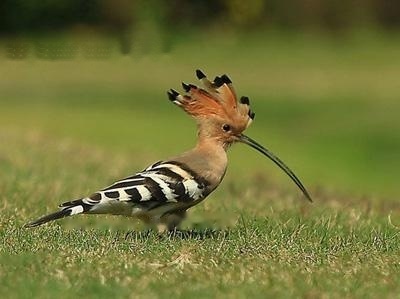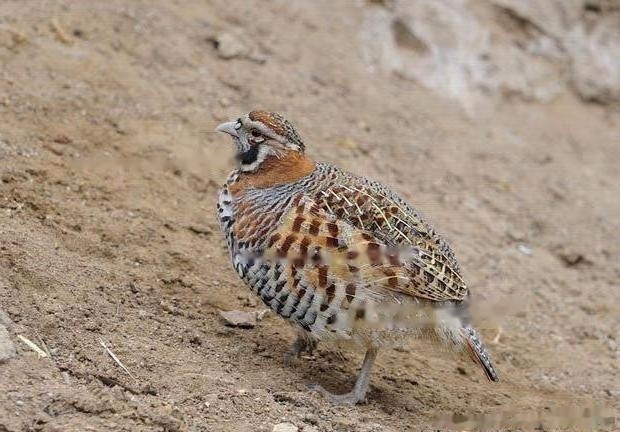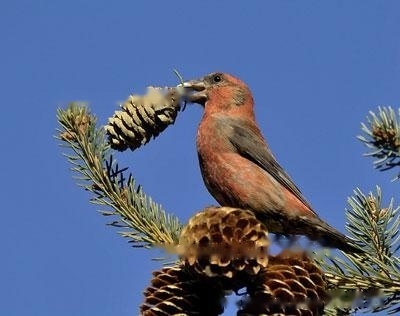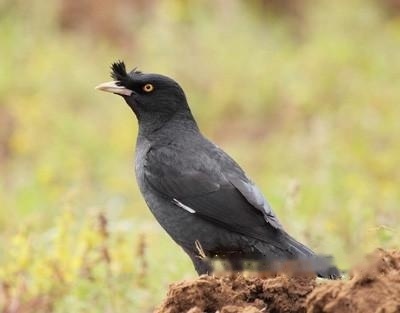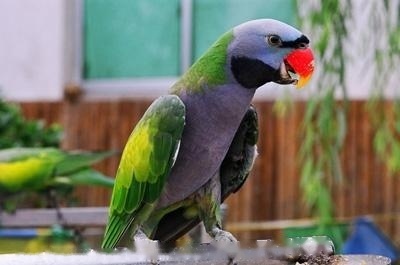
Habitat
Natural Habitat The environment is extremely harsh, and most of them live in alpine shrubs, alpine meadows and bare rock areas at an altitude of 3000-5500 meters. The weather in these places is harsh, with blizzards often coming. The winter lasts for 8-9 months, and there is no frost-free period throughout the year. Sometimes it snows heavily in June. In spring and autumn, it mainly inhabits bare rocks above the snow line and mountains where weathered debris accumulates, and at night in rock crevices or under cliffs. Rabbit ear grass and nasturtium, etc., the coverage is less than 5%, but there are few natural enemies, which is convenient for the reproduction of this species, and the number has been increased smoothly. During the breeding season, it is mostly active on the alpine meadows under the alpine bare rock belt, where the climate is cool, the rainfall is abundant, the plants grow luxuriantly, and the plant species are relatively rich, such as alpine wormwood, grass grass, green grass, edelweiss, etc. enrich their food. In winter, it is mainly active in the alpine shrubland under the meadows, as well as in the sunny slopes of the mountains and the water areas of the foothills. The climate here is dry and warm, and there are sparse shrubs such as golden pheasants, spiraea, rhododendrons, etc., which are relatively The ideal wintering place. Due to the different habitats in each season, they form a habit of seasonal vertical migration. In winter, they migrate from the mountains to the shrubs for the winter, and then rise to the meadows and bare rock areas when the spring comes. Often active on rocky steep slopes with alpine plants such as rhododendrons, ferns, moss, lichens, etc. In summer, it is mostly in rocky areas above 4,000 meters above sea level, and in winter it drops to about 4,000-3,000 meters, or even 2,000 meters. From Lijiang to Longshan in Yunnan, it is also seen in January at an altitude of 4700-4800 meters above sea level.
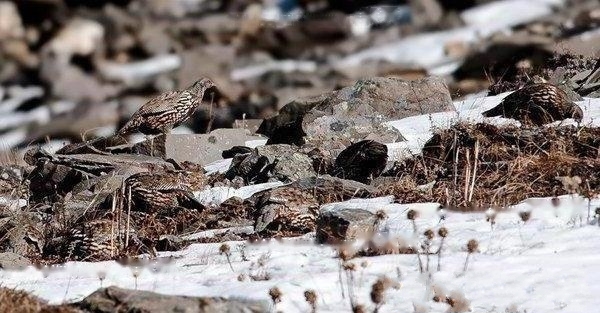
Habits
Snowquail are good at walking and gliding, and often slide from one hillside to another when encountering predators. When walking on the ground, he looked swaying and staggering, very clumsy and ridiculous. Their plumage color is consistent with the surrounding environment, forming a good protective color. In addition, the alpine areas are often foggy, and most of them communicate with each other through calls, so they are often only heard and disappeared. The quail calls are shrill and short, the calls of the males are continuous, accelerating and rising in pitch; the calls of the females are lower and less vocal.
Snow quails have strong adaptability to the natural conditions of high mountains, and their daily activities generally have two peak periods, one in the early morning and the other in the evening. Except for the breeding season, it is an integrated group activity. Don't be very afraid of people, sometimes people can get very close. When frightened, it flew away immediately, making a rapid and high-pitched cry when taking off. It feeds on the ground, including more than 40 kinds of mosses, ferns, leaves, buds, flowers and seeds of herbs and shrubs such as fescue, bluegrass, and windflowers, as well as a very small amount of animal food, and pecks some gravel .
